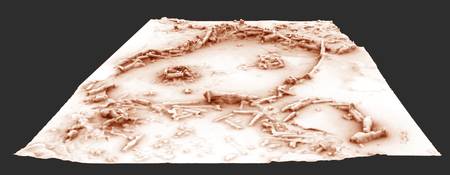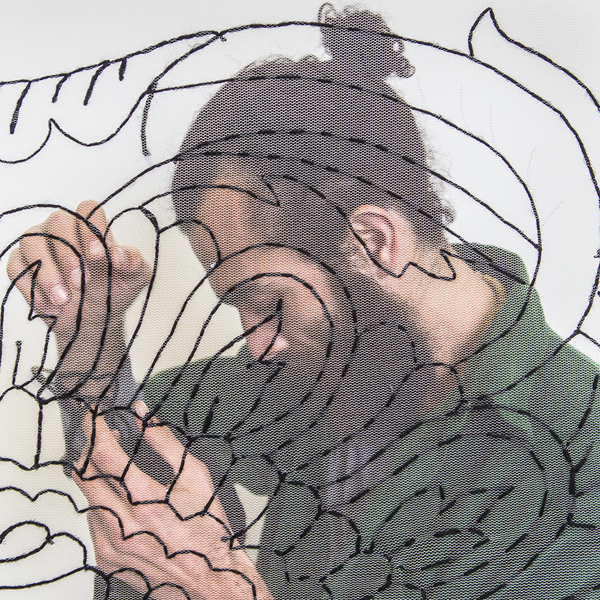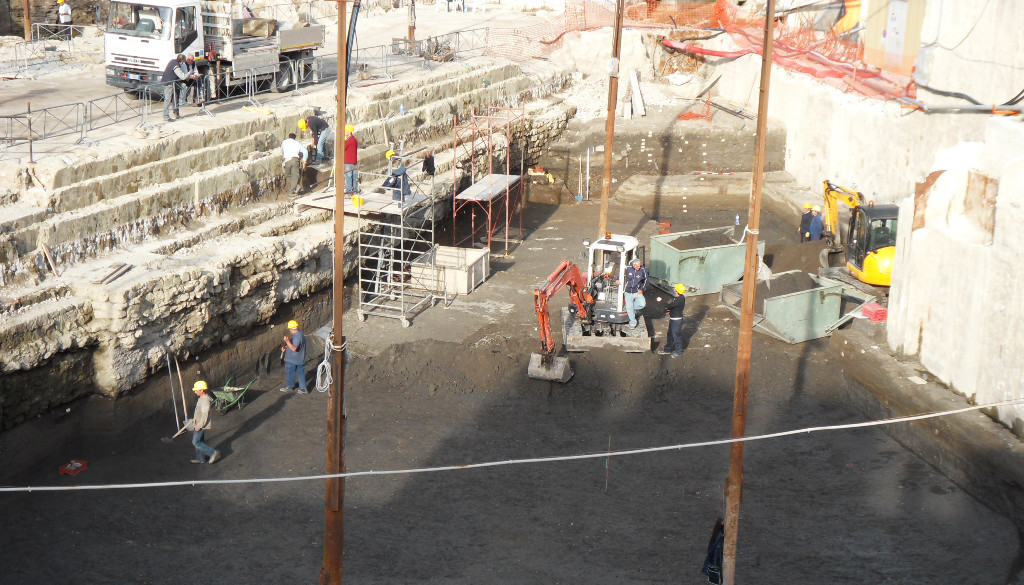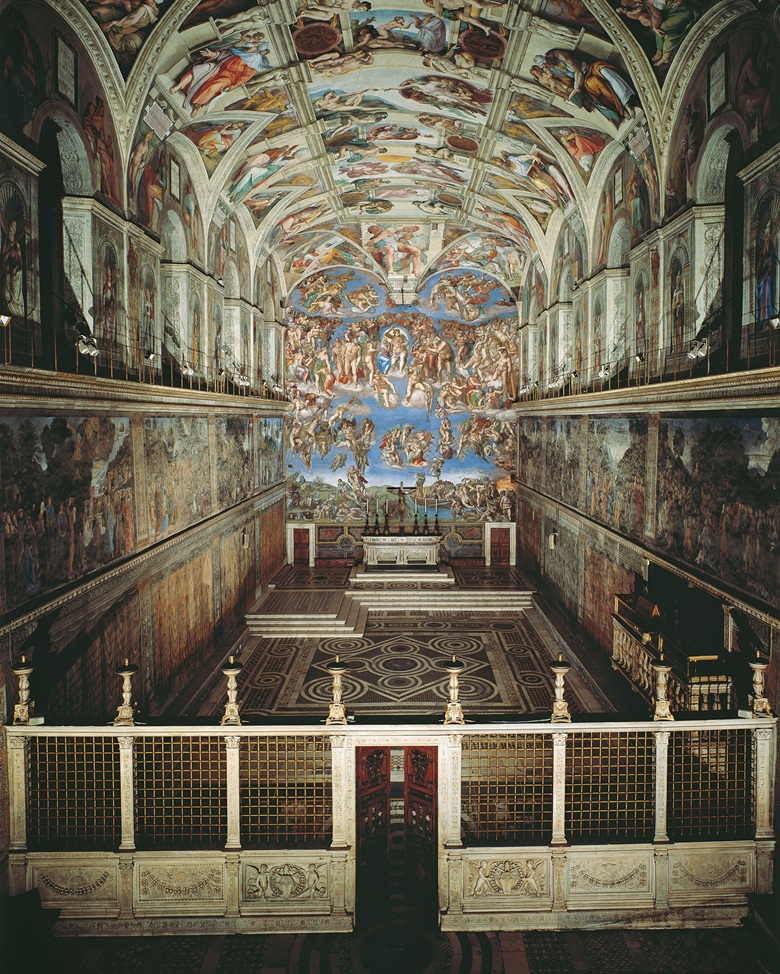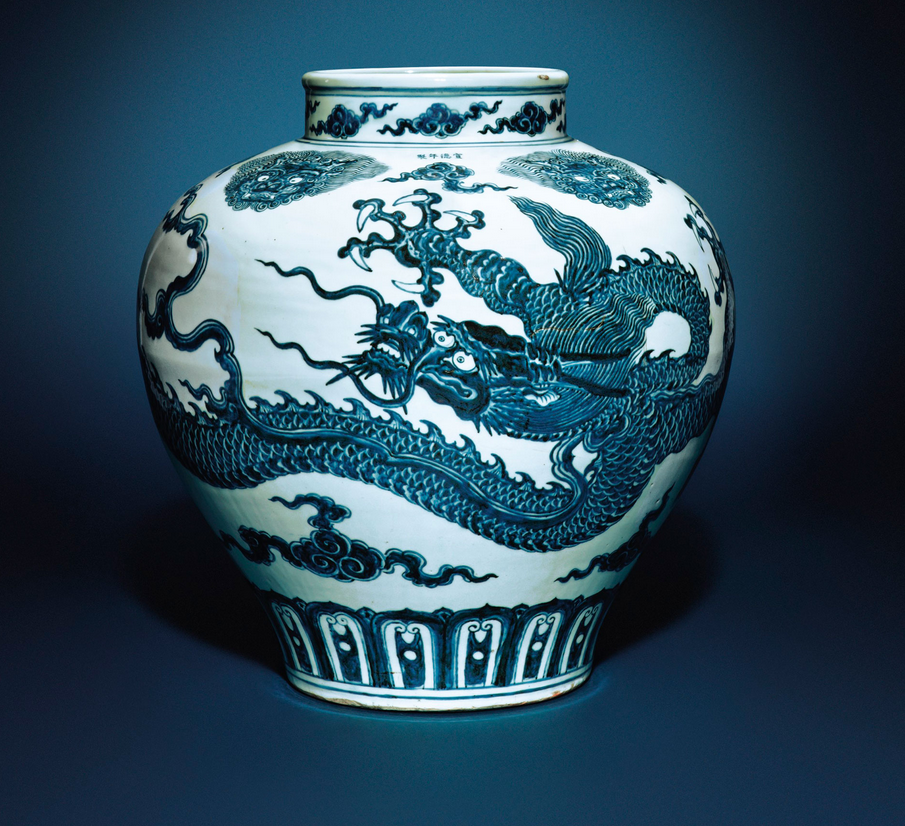Dans la profonde grotte de Bruniquel, au-dessus de l’Aveyron, des Hommes de Néandertal ont aménagé des feux pour s’éclairer. Ils ont aussi cassé et déplacé plus de deux tonnes de stalagmites pour construire d’énigmatiques structures. La datation en fait un record : 176.500 ans, une époque bien antérieure à tous les cas connus d’occupation humaine de grottes.
C’est sans doute la nouvelle archéologique de l’année : des constructions humaines trouvées au fond d’une grotte profonde du Tarn-et-Garonne, dite de Bruniquel, ont été datées : elles remontent à -176.500 ans, soit 140.000 ans avant les peintures de la grotte Chauvet, le plus ancien art pariétal connu jusqu’ici. (…)
Lire la suite : Actualité > Grotte de Bruniquel : les stupéfiantes constructions de Néandertal

